
Here, you can take a look at boilerplates for desktop applications using React and Electron to compare use cases.
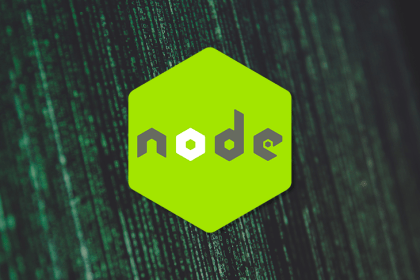
Learn how to use the Node.js crypto module to secure user data and review the basics of cryptography in Node.js.
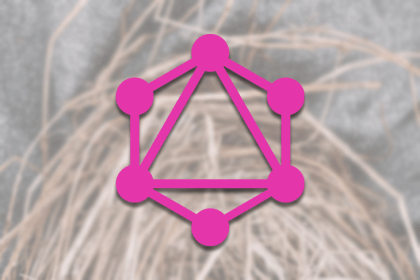
We argue the benefits of supporting nested mutations as an opt-in feature in GraphQL.
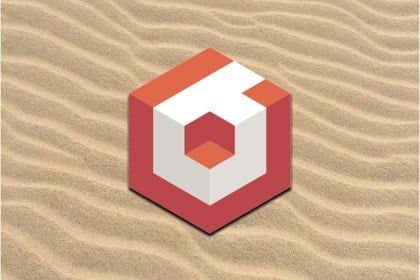
This guide runs through the new updates you can expect in Babylon.js 4.2, which makes game rendering in JavaScript more efficient than ever before.
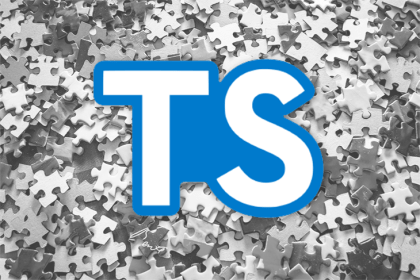
Using TypeScript modules helps structure your applications, increasing code reusability and testability, and improving the overall organization of your builds.
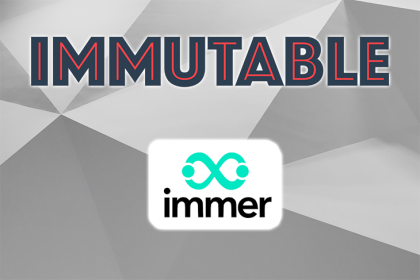
This guide breaks down the pros and cons of Immer and Immutable.js—two libraries that help you implement immutability in your JavaScript code.
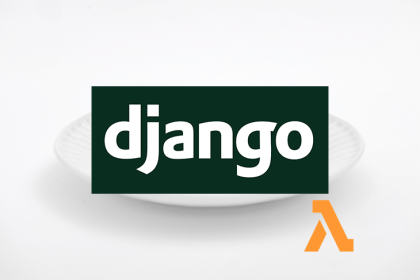
This tutorial explains the concept of implementing serverless architecture in a Django app using Zappa and Amazon Web Services (AWS) Lambda.
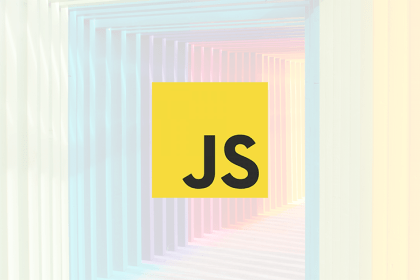
Developers have so many options when it comes to color picker libraries. Learn more about the color picker libraries you should use in 2021.
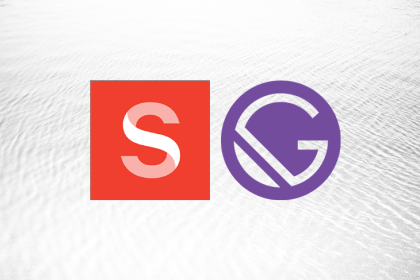
Developers can use Sanity CMS with Gatsby to decrease build time and optimize web performance through a programmable modern platform that treats content like data.

Here, you can learn the definition, pros and cons, and examples of the following types of CMS platforms: coupled, decoupled, and headless.
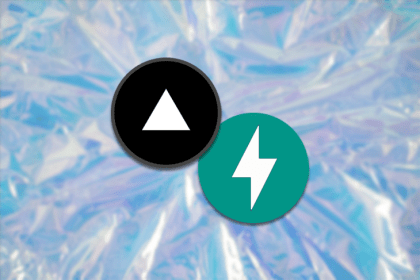
Here, you can learn how to build and deploy FastAPI applications to Vercel and walk through the process with an example.

By learning how to build your own styled-components, you’ll discover how styled-components and tagged template literals work under the hood.